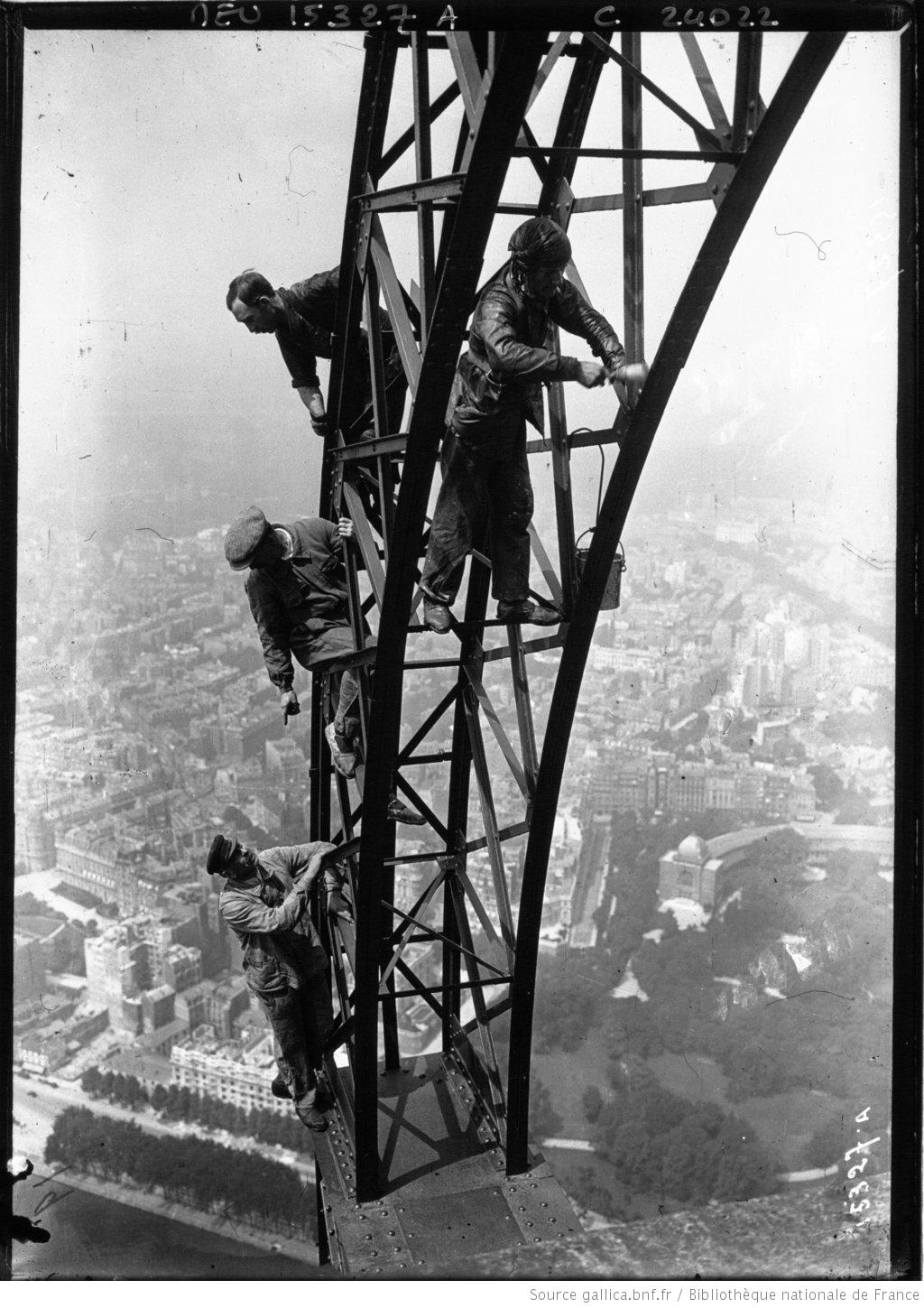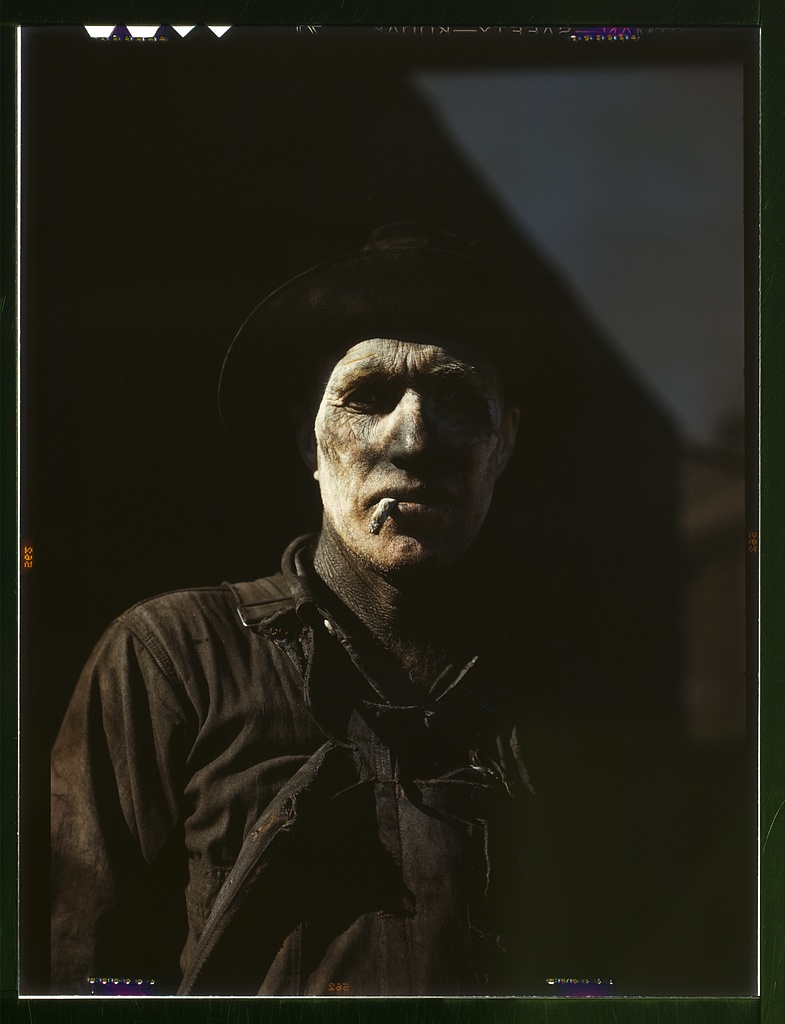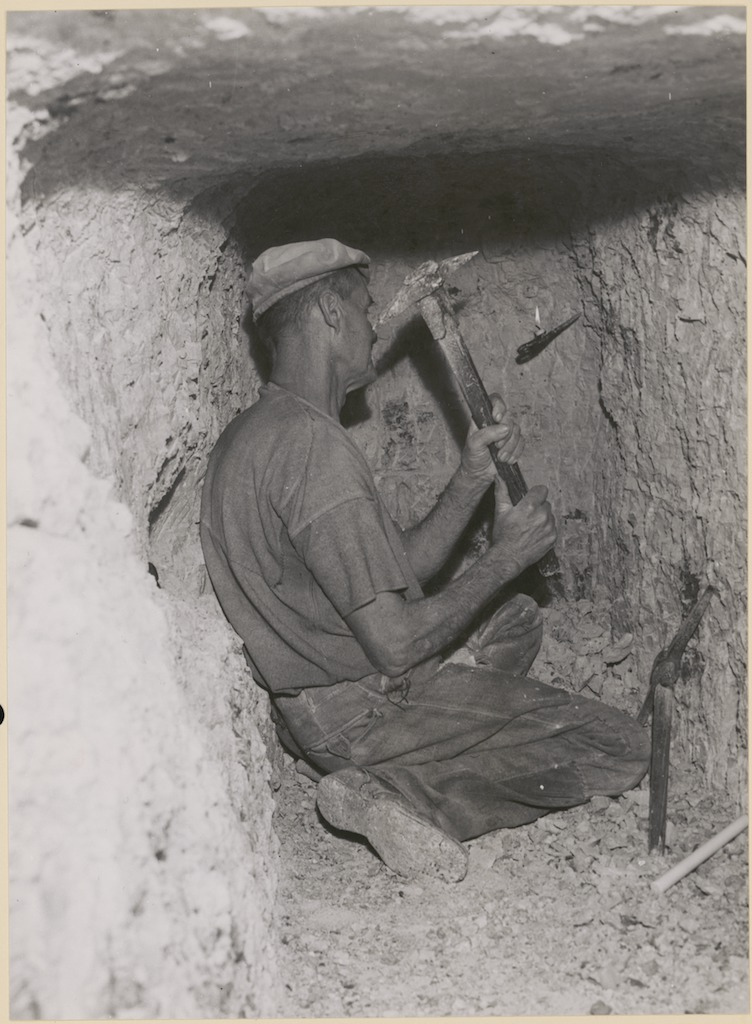BIGERT, Carolina; KADER, Manzur; ANDERSSON, Tomas; SELANDER, Jenny; BODIN, Theo; GUSTAVSSON, Per; HÄRMÄ, Mikko, et al. (2021). Night and shift work and incidence of cerebrovascular disease – a prospective cohort study of healthcare employees in Stockholm - INVASSAT
Ves enrere BIGERT, Carolina; KADER, Manzur; ANDERSSON, Tomas; SELANDER, Jenny; BODIN, Theo; GUSTAVSSON, Per; HÄRMÄ, Mikko, et al. (2021). Night and shift work and incidence of cerebrovascular disease – a prospective cohort study of healthcare employees in Stockholm
BIGERT, Carolina; KADER, Manzur; ANDERSSON, Tomas; SELANDER, Jenny; BODIN, Theo; GUSTAVSSON, Per; HÄRMÄ, Mikko, et al. (2021). Night and shift work and incidence of cerebrovascular disease – a prospective cohort study of healthcare employees in Stockholm
BIGERT, Carolina; KADER, Manzur; ANDERSSON, Tomas; SELANDER, Jenny; BODIN, Theo; GUSTAVSSON, Per; HÄRMÄ, Mikko, et al. Night and shift work and incidence of cerebrovascular disease – a prospective cohort study of healthcare employees in Stockholm. Scandinavian Journal of Work, Environment & Health [en línea]. 2021, 11 p. [Consulta: 19.10.2021]. ISSN: 1795-990X. DOI: 10.5271/sjweh.3986.
Objetivo: Este estudio tuvo como objetivo investigar los efectos de varios aspectos del trabajo nocturno y por turnos en relación con la enfermedad cerebrovascular incidente (CeVD). Métodos: La cohorte incluyó a 26.667 mujeres y 3793 hombres (enfermeras y auxiliares de enfermería) que estuvieron empleados durante al menos un año entre 2008 y 2016 en la región de Estocolmo, Suecia. La información sobre la cohorte y las horas de trabajo se obtuvo de un registro de empleados computarizado y los diagnósticos se recuperaron de los registros nacionales y regionales. Se usaron modelos discretos de riesgo proporcional de tiempo para evaluar el riesgo de CeVD (2009-2017), en relación con las características de la hora de trabajo, ajustando por sexo, edad, país de nacimiento, educación y profesión. Resultados: Se observó un riesgo excesivo de CeVD (N = 223) entre los empleados que, durante el año anterior, trabajaron en turnos nocturnos> 30 veces [índice de riesgo (HR) 1,44, intervalo de confianza (IC) del 95%: 1,04–1,99] o ≥ 3 turnos nocturnos consecutivos> 15 veces (HR 1,69, IC 95% 1,18-2,42) o con> 30 retornos rápidos (<28 horas) de turnos nocturnos (HR 1,52, IC 95% 1,10-2,10) en comparación con los que no trabajaron noches. También se observó un exceso de riesgo entre los empleados con una larga duración (> 5 años) de exposición al trabajo en turnos nocturnos (HR 1,87, IC del 95%: 1,27–2,77), todo respaldado por un patrón de dosis-respuesta. Conclusiones: Los resultados muestran que el riesgo de enfermedad cerebrovascular incidente entre enfermeras y auxiliares de enfermería está asociado con el trabajo nocturno. El número de años con trabajo nocturno, la frecuencia de los turnos nocturnos por año, la frecuencia de los turnos nocturnos consecutivos y la breve recuperación después de los turnos nocturnos influyeron en el riesgo. Los horarios de trabajo destinados a minimizar estos aspectos del trabajo en turnos nocturnos pueden reducir el riesgo.
Objectiu: Aquest estudi va tindre com a objectiu investigar els efectes de diversos aspectes del treball nocturn i per torns en relació amb la malaltia cerebrovascular incident (CeVD). Mètodes: La cohort va incloure a 26.667 dones i 3793 homes (infermeres i auxiliars d'infermeria) que van estar ocupats durant almenys un any entre 2008 i 2016 a la regió d'Estocolm, Suècia. La informació sobre la cohort i les hores de treball es va obtindre d'un registre d'empleats informatitzat i els diagnòstics es van recuperar dels registres nacionals i regionals. Es van usar models discrets de risc proporcional de temps per a avaluar el risc de CeVD (2009-2017), en relació amb les característiques de l'hora de treball, ajustant per sexe, edat, país de naixement, educació i professió. Resultats: Es va observar un risc excessiu de CeVD (N = 223) entre els empleats que, durant l'any anterior, van treballar en torns nocturns> 30 vegades [índex de risc (HR) 1,44, interval de confiança (IC) del 95%: 1,04–1,99] o ≥ 3 torns nocturns consecutius> 15 vegades (HR 1,69, IC 95% 1,18-2,42) o amb> 30 retorns ràpids (<28 hores) de torns nocturns (HR 1,52, IC 95% 1,10-2,10) en comparació amb els que no van treballar nits. També es va observar un excés de risc entre els empleats amb una llarga duració (> 5 anys) d'exposició al treball en torns nocturns (HR 1,87, IC del 95%: 1,27–2,77), tot recolzat per un patró de dosi-resposta. Conclusions: Els resultats mostren que el risc de malaltia cerebrovascular incident entre infermeres i auxiliars d'infermeria està associat amb el treball nocturn. El nombre d'anys amb treball nocturn, la freqüència dels torns nocturns per any, la freqüència dels torns nocturns consecutius i la breu recuperació després dels torns nocturns van influir en el risc. Els horaris de treball destinats a minimitzar aquests aspectes del treball en torns nocturns poden reduir el risc.
Objective: This study aimed to investigate the effects of various aspects of night and shift work regarding incident cerebrovascular disease (CeVD). Methods: The cohort included 26 667 women and 3793 men (nurses and nursing assistants) who were employed for at least one year 2008–2016 in Region Stockholm, Sweden. Information about the cohort and working hours were obtained from a computerized employee-register and diagnoses were retrieved from national and regional registers. We used discrete time proportional hazard models to assess the risk of CeVD (2009–2017), in relation to work hour characteristics, adjusting for sex, age, country of birth, education and profession. Results: We observed an excess risk of CeVD (N=223) among employees who, during the preceding year, worked night shifts >30 times [hazard ratio (HR) 1.44, 95% confidence interval (CI) 1.04–1.99] or ≥3 consecutive night shifts >15 times (HR 1.69, 95% CI 1.18–2.42) or with >30 quick returns (<28 hours) from night shifts (HR 1.52, 95% CI 1.10–2.10) compared to those who did not work nights. We also observed an excess risk among employees with a long duration (>5 years) of exposure to night shift work (HR 1.87, 95% CI 1.27–2.77), all supported by a dose–response pattern. Conclusions: Our results show that the risk of CeVD among nurses and nursing assistants is associated with night shift work. The number of years with night shift work, the frequency of night shifts per year, the frequency of consecutive night shifts, and short recovery after night shifts influenced the risk. Work schedules aiming at minimizing these aspects of night shift work may reduce the risk.















